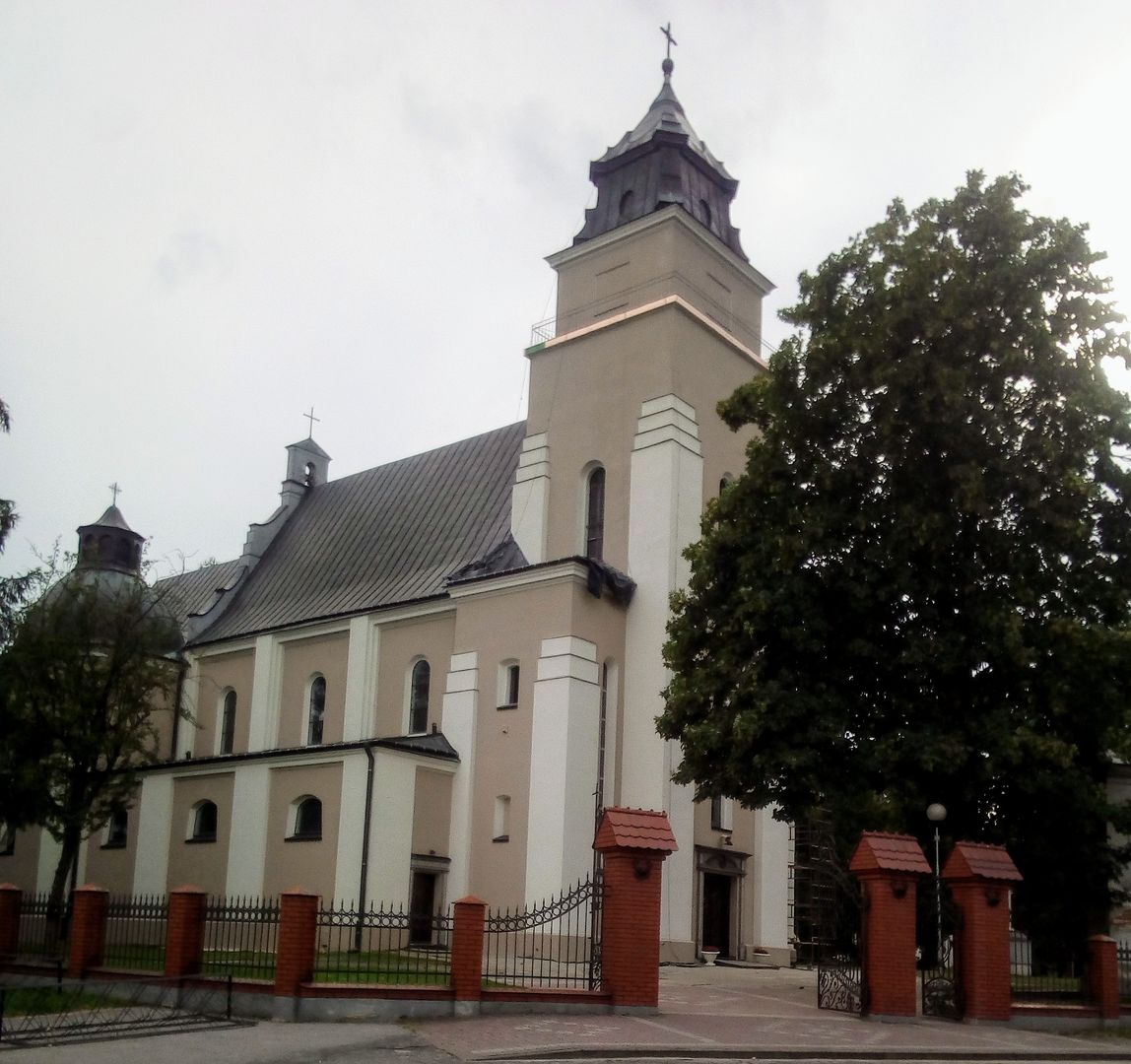Sarzyna
6.24

Overview
Sarzyna is a village in the Podkarpackie Voivodeship, in Leżajsk County, primarily known as the seat of the Roman Catholic parish of St. Sebastian. Its history dates back to the 14th century, when settlement began to develop along trade routes, largely due to the San River. The village was established in 1390 by 24 farmers, and its growth was closely tied to the resources of the Sandomierz Forest, where residents engaged in logging and beekeeping. In 1595, the first church was built, and three years later, the parish was established. Sarzyna experienced numerous invasions in the 16th and 17th centuries, including attacks by Tatars and Swedes, which negatively impacted its development. After the partitions of Poland in the 18th century, the area came under Austrian control, leading to colonization and the establishment of German settlements. In the 19th century, under the leadership of parish priest Marcel Śleczkowski, Sarzyna became a pilgrimage site. In the 20th century, after the war, rapid industrial development began, including the construction of chemical plants as part of the Central Industrial Region. World War II brought destruction, but after its end, reconstruction and the expansion of chemical production followed. The village gained electrification and new institutions, such as a school, and local culture and sports flourished. Rich in history, architecture, and local traditions, Sarzyna remains an important landmark in the region.
Location
2025 Wizytor | All Rights Reserved